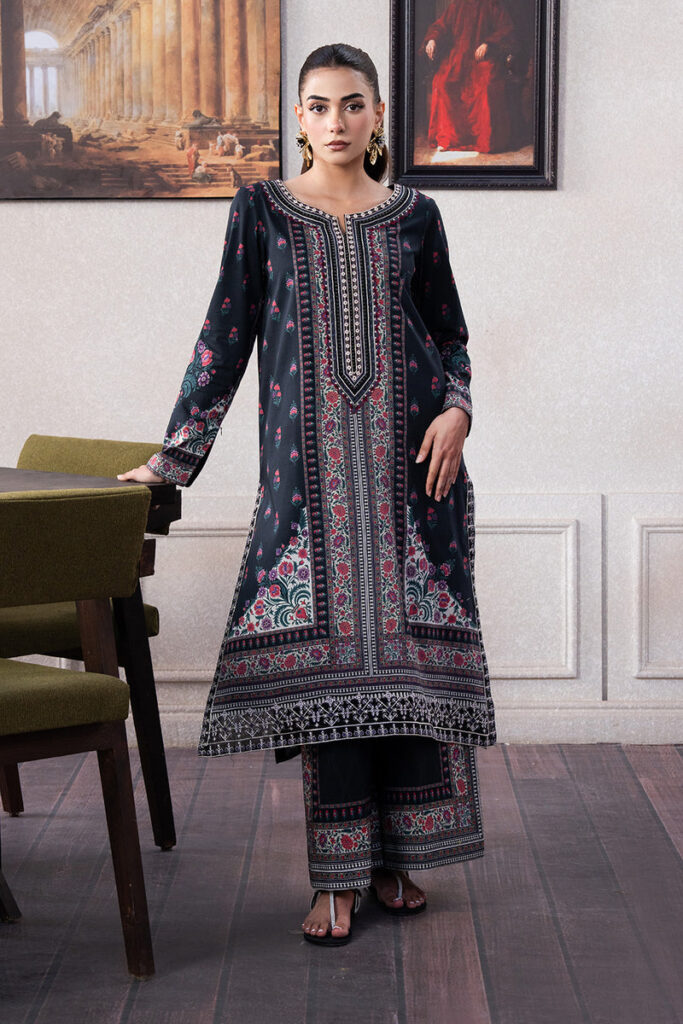Comme des Garçons (CDG) is not just a fashion brand—it is an architectural movement in itself. Founded by Rei Kawakubo in 1969, the brand has consistently defied traditional fashion norms, embracing a structural and sculptural approach to clothing. CDG designs often resemble wearable architecture, where garments do more than just drape over the body—they create bold, three-dimensional forms that challenge conventional silhouettes. Through exaggerated proportions, asymmetry, and deconstruction, Comme des Garçons transforms fashion into an avant-garde architectural statement, redefining how clothing interacts with space and form.
CDG Hoodies: A Fusion of Comfort and Structure
One of the most recognizable yet conceptually rich pieces from the brand is the CDG hoodie. Unlike traditional hoodies designed purely for comfort, Comme des Garçons reinvents this staple with a unique artistic vision. Oversized fits, unexpected stitching, layered panels, and deconstructed elements turn the CDG hoodie into more than just streetwear—it becomes a wearable piece of art. Whether through bold graphics, asymmetrical cuts, or unconventional materials, each hoodie embodies the brand’s signature rebellion against mainstream fashion, blending comfort with architectural aesthetics.
CDG Shirts: Deconstructing the Ordinary
Similarly, CDG shirts redefine the classic wardrobe staple. Comme des Garçons shirts often feature exaggerated collars, mismatched panels, asymmetrical button placements, and layered fabric manipulations, elevating a simple shirt into a structural masterpiece. Some designs distort the body’s natural proportions, playing with volume and space in a way that reflects the brand’s avant-garde philosophy. Through experimental tailoring, CDG shirts showcase how fashion can embody architectural principles, transforming an everyday item into an expression of bold, innovative design.
Fashion as Wearable Architecture
Comme des Garçons remains a pioneer in fashion architecture, proving that clothing is more than just fabric—it is a structural form that interacts with the body in new and thought-provoking ways. By merging fashion with architectural aesthetics, Rei Kawakubo has created a legacy where clothing transcends traditional constraints and exists as a true form of wearable art.









